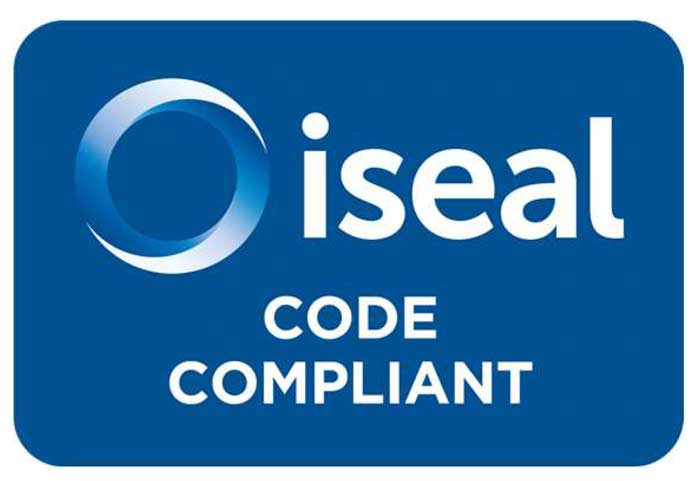ASI’s Stance on GHG Emissions and Renewable Energy Certificates
ASI permits the use of bundled Renewable Energy Certificates (RECs) but does not allow unbundled RECs, reflecting its technical approach to greenhouse gas emissions reduction. Explore why this unique stance sets ASI apart and ensures alignment with a 1.5°C trajectory.
14 January 2025
ASI permits the use of bundled Renewable Energy Certificates (RECs) but does not allow unbundled RECs or compensation offsets. This is because the ASI GHG Entity Pathways Method uses a Sectoral Decarbonisation Approach (SDA), which focuses on emissions within the aluminium sector and its supply chain, including electricity. Emissions or credits outside this defined scope fall beyond the methodology’s boundaries.
The SDA, directed by the ASI Standards Committee, is based on the sectoral emissions budget described by the International Aluminium Institute (IAI) and the Mission Possible Partnership (MPP) and is broadly aligned with the International Energy Agency (IEA) Net Zero Emissions Standard. It ensures that emissions reductions are directly linked to the aluminium sector, aligning with a 1.5°C trajectory.
ASI’s position reflects a technical outcome of the SDA methodology, not a policy decision. As new methods and frameworks develop, ASI is open to reviewing its approach to maintain alignment with the latest science and standards. For more information, contact Chris Bayliss, Climate Change and Decarbonisation Director.
SHARE THIS ARTICLE


